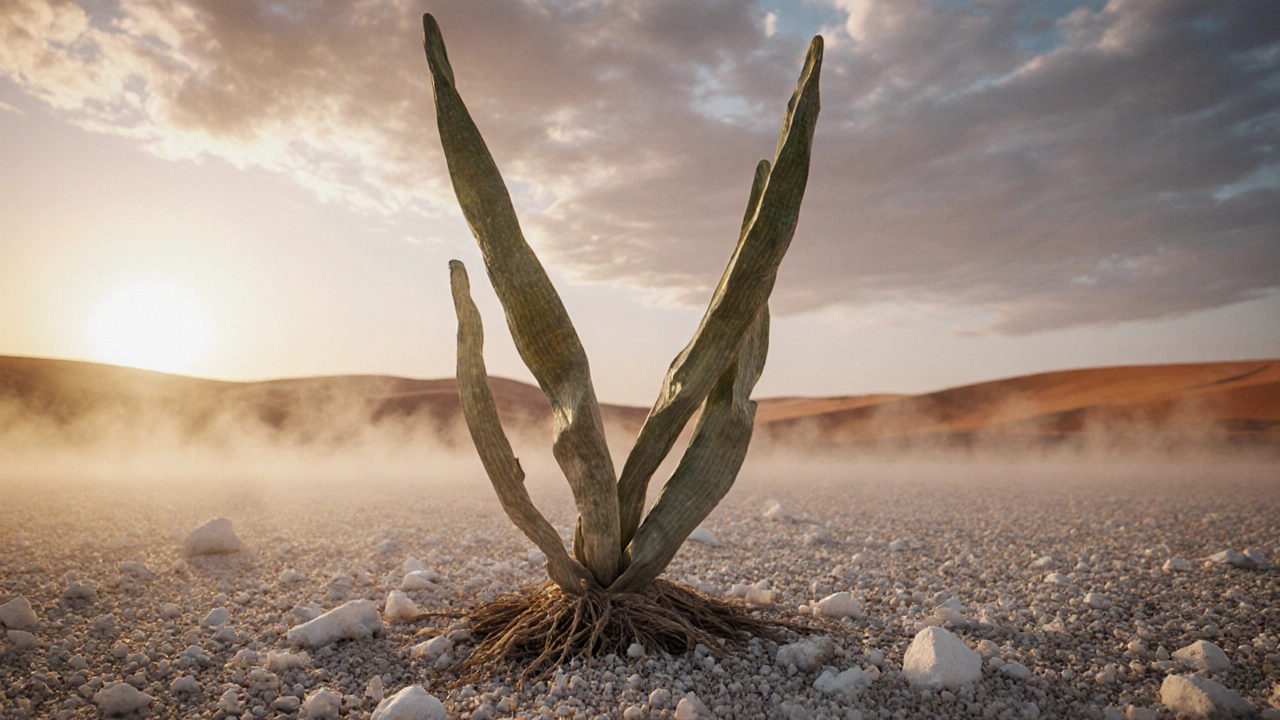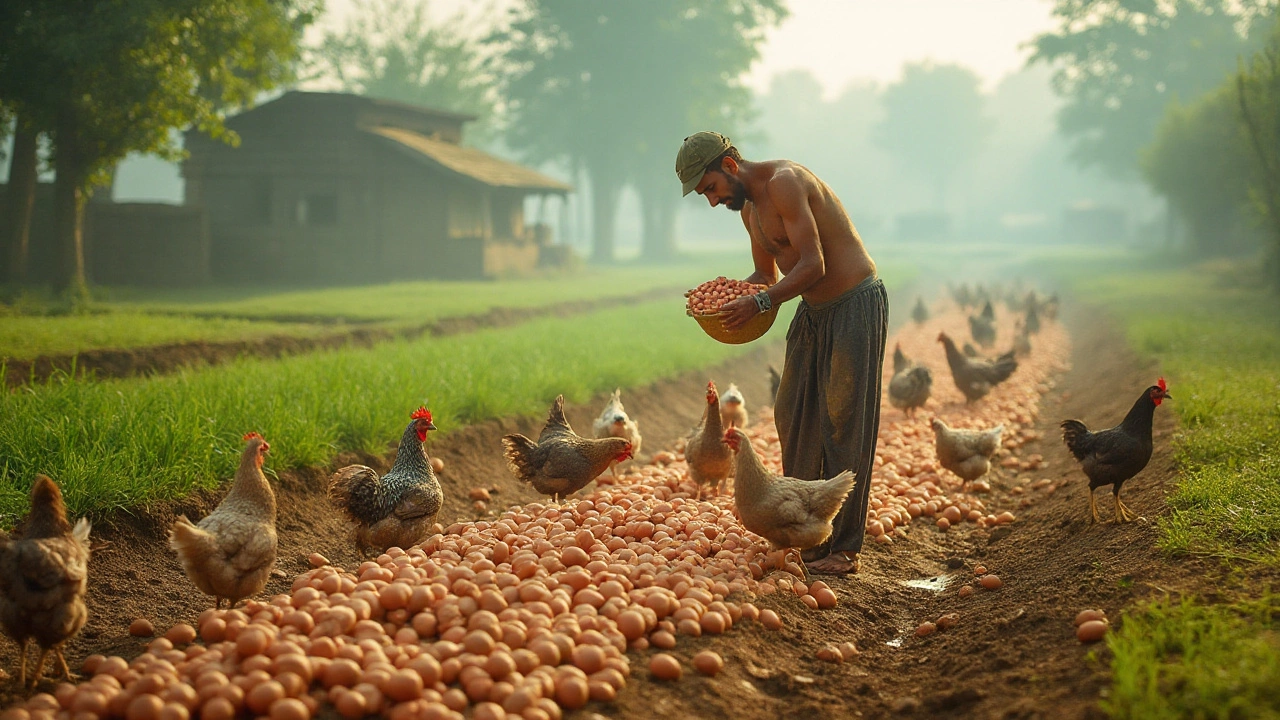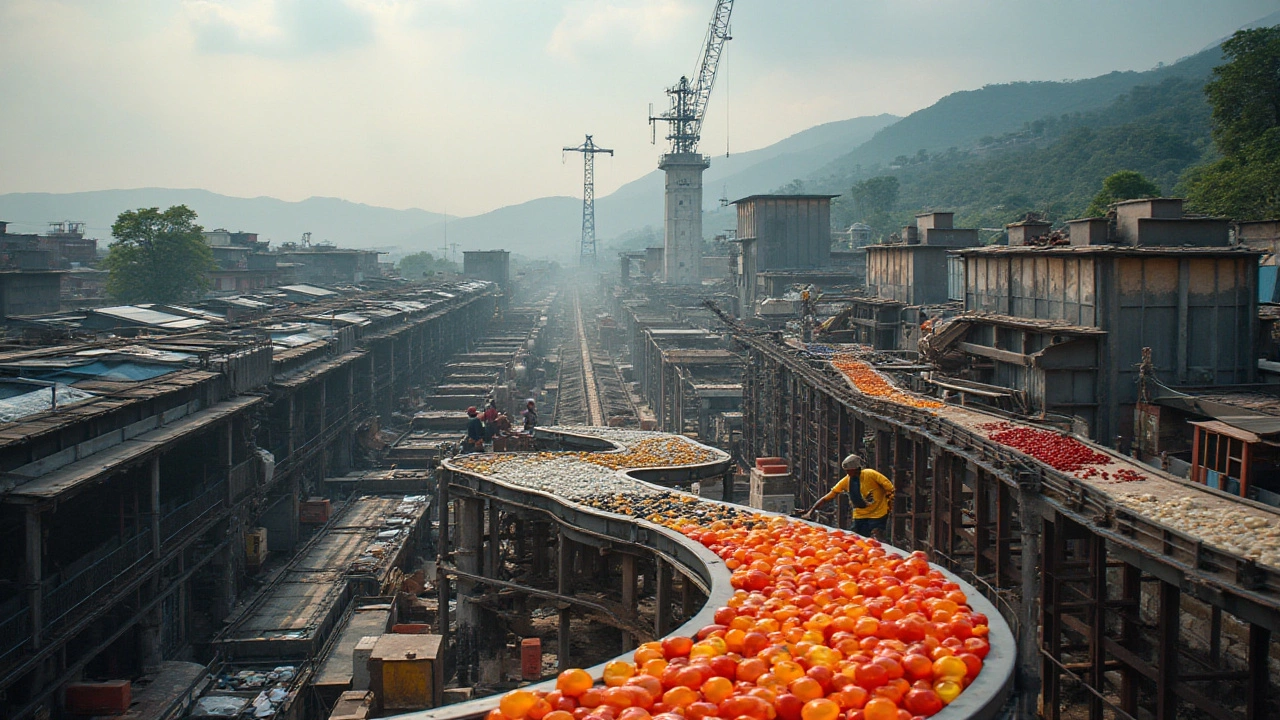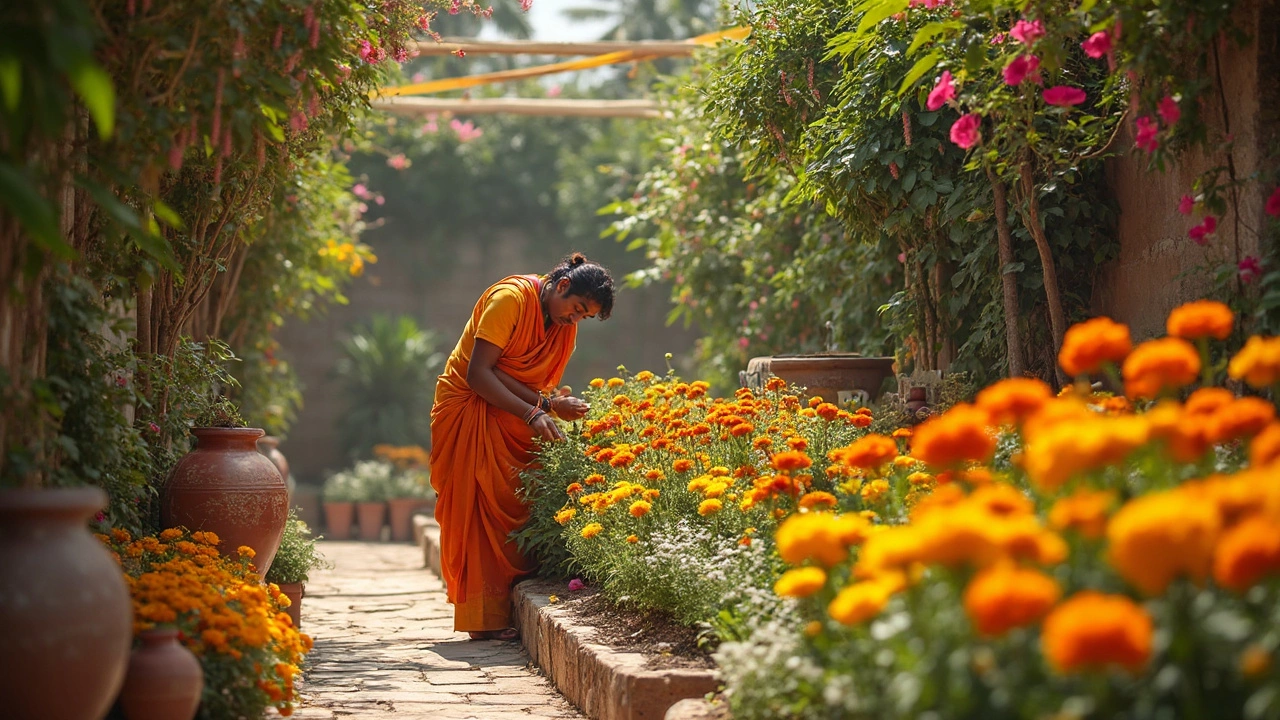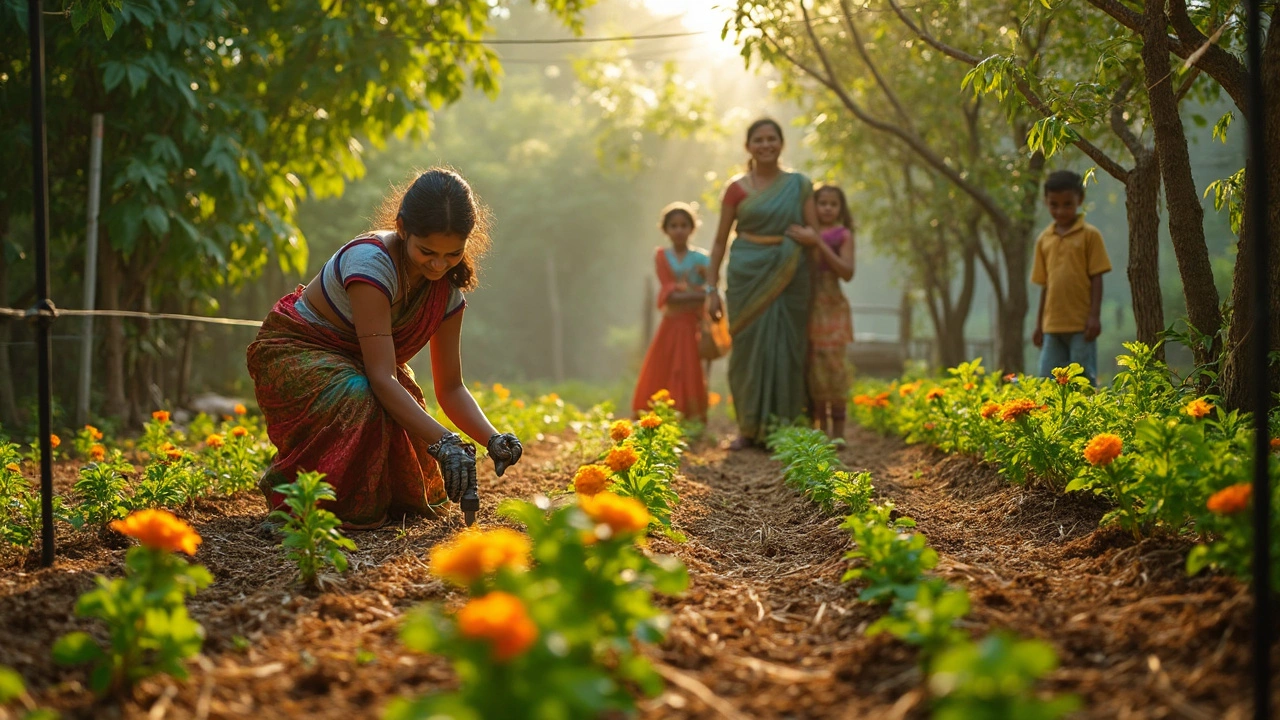Challenging Plants: Tips, Care, and Solutions
When dealing with challenging plants, plants that demand precise watering, specific soil mixes, and exact light conditions. Also known as hard-to-grow plants, they often test a gardener’s patience and knowledge. Alongside them, many growers struggle with houseplants, indoor species that need balanced humidity and temperature and container gardening, growing in pots or raised beds where root space and drainage are limited. These three entities intersect: a challenging houseplant in a container will need both the indoor climate control of houseplants and the soil‑management tricks of container gardening. If you’re tackling challenging plants, you’ll first want to nail down the basics of light, water, and soil before moving on to specialty care.
Understanding Core Challenges
“Challenging plants often require precise watering” is a simple truth that shows up across most species. Overwatering can drown roots, while under‑watering dries them out; the sweet spot lies in monitoring soil moisture levels daily. Another key point: “They thrive in specific soil types”, meaning a well‑draining mix for succulents, an acidic blend for azaleas, or a peat‑rich medium for ferns. Light is the third pillar—some demand bright, direct sun, while others wilt under the same intensity. These three requirements create a semantic triple: challenging plants require precise watering, need tailored soil, and depend on appropriate light. Knowing which pillar is weakest for a given plant lets you prioritize adjustments. For container growers, adding a layer of coarse gravel at the bottom improves drainage, while a lightweight potting mix keeps roots aerated. Indoor enthusiasts can boost humidity with a simple pebble tray or misting bottle, which directly influences leaf health and reduces stress.
Beyond the basics, some challenging plants carry an added layer of intrigue: they are also among the most expensive plants, species that fetch high market prices due to rarity or ornamental value. In India, for instance, the sandalwood tree and certain rare orchids can command premium prices, turning cultivation into both a hobby and an investment. Managing these pricey varieties means paying extra attention to pests, disease, and nutrient balance. A targeted fertilizer regime—such as a low‑nitrogen, high‑phosphorus blend for flowering plants—can stimulate blooms without encouraging leggy growth. Additionally, regular pruning removes dead material, improves air circulation, and reduces the risk of fungal infections, which is crucial for high‑value specimens that are less forgiving of neglect.
All these insights set the stage for the articles you’ll find below. Whether you’re a beginner looking for the easiest houseplant, a seasoned grower tackling a demanding container garden, or someone curious about the costliest crops in India, the collection offers practical advice, real‑world examples, and step‑by‑step guides. Dive into the list to discover specific plant profiles, watering schedules, soil recipes, and cost‑analysis that will help you turn any challenging plant into a thriving centerpiece of your garden.
Most Difficult Plant to Grow: Challenges, Care Tips & Alternatives
Discover why Welwitschia mirabilis is deemed the most difficult plant to grow, how to replicate its harsh desert conditions, and alternatives for brave gardeners.
- manufacturing
- India
- food processing
- garden tips
- rice cultivation
- government schemes
- balcony garden
- urban gardening
- balcony gardening
- profitable business
- business ideas
- plastic manufacturing
- drip irrigation
- plant care
- steel manufacturing
- sustainable gardening
- startup ideas
- steel industry
- flower gardening
- textile manufacturers

